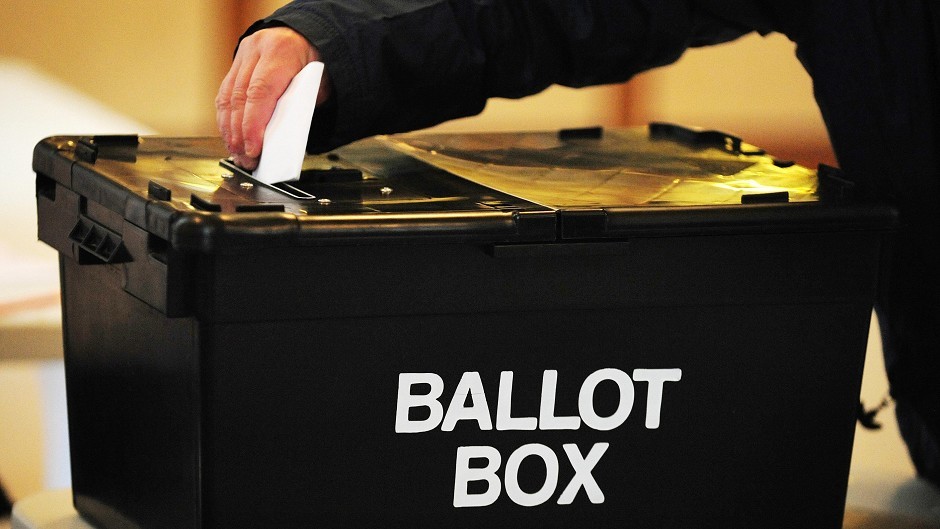The north has seen one of the biggest drops in the numbers of school leavers registered to vote across Scotland in the last three years.
Figures released by the Electoral Reform Society (ERS) put Aberdeen North and Moray in the top five in Scotland for falling numbers.
Moray has had 1,094 young people drop off the electoral roll since 2013, a fall of 57 percentage points.
Aberdeen North had 569 fall from the roll, which is a drop of 54 percentage points.
ERS chief executive Katie Ghose warned the falling numbers were a ticking time bomb.
She said: “These findings should sound the alarm to young people across the country that they need to register to vote if they want to have their say on June 8.
“With just a week to go to register in time for the general election, it’s vital the new generation of potential voters – people who may have fallen off the electoral roll since the registration system was changed – sign up before it’s too late.
“All the evidence shows voting is habitual – if you start young, you’ll vote for life. Today’s findings suggest not enough is being done to ensure Britain’s young people are on the electoral roll.”
The figures cover the time when Individual Electoral Registration (IER) was introduced in 2014, which saw a shift from a single person – usually a parent or lead tenant – registering everyone in the household on their behalf, to each voter having to register individually.
While the move to IER has improved the accuracy of the register, it has seen a significant fall in the number of young people on the electoral roll, which campaigners understand is a result of universities no longer being able to register students automatically, and parents or guardians no longer registering children on their behalf.
Scotland has experienced the biggest drop in the number of “attainers” – 16 and 17 year olds on the register – at 35%, followed by Wales (27%) and England (25%).
Ms Ghose added: “With nearly seven million people not on the electoral roll or incorrectly registered, we need a registration revolution in this country – including giving dedicated time in schools for pupils to enrol and reviewing the ban on universities signing up students automatically.
“Moves towards automatic registration so that people have the chance to sign up when getting pensions, driving licenses or moving home would go a long way to averting a looming registration disaster.
“Whether it’s improving citizenship education, or trialling same-day registration, there is plenty that can be done to revitalise our democratic processes.
“Whatever the case, we need action – or we risk losing a whole generation of voters.”
